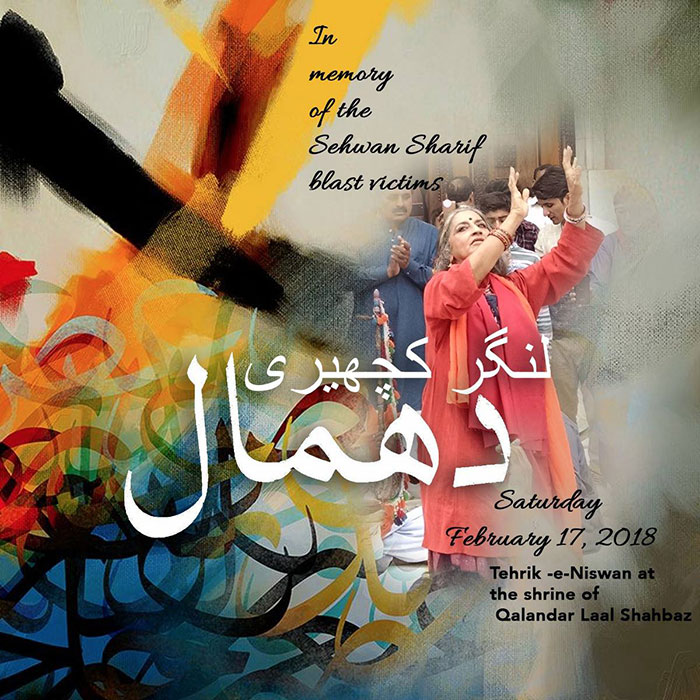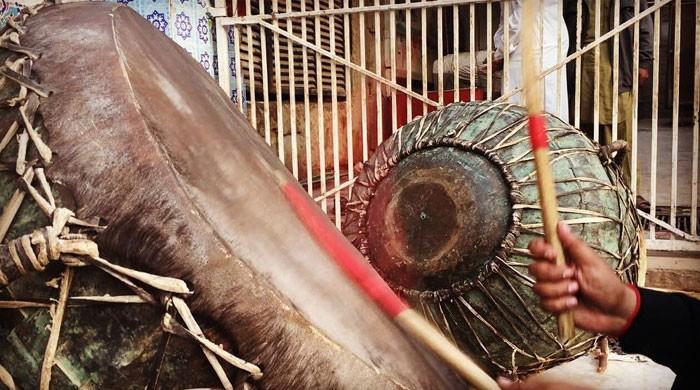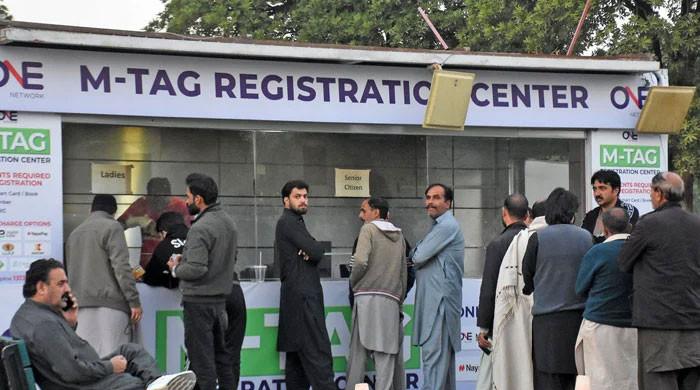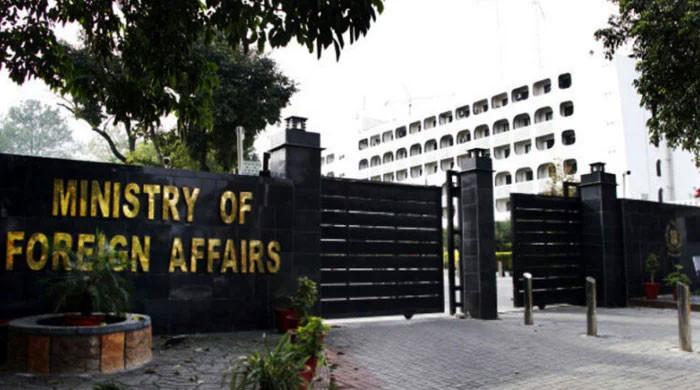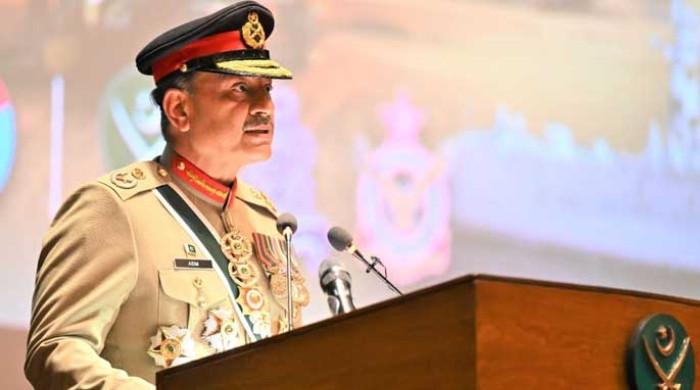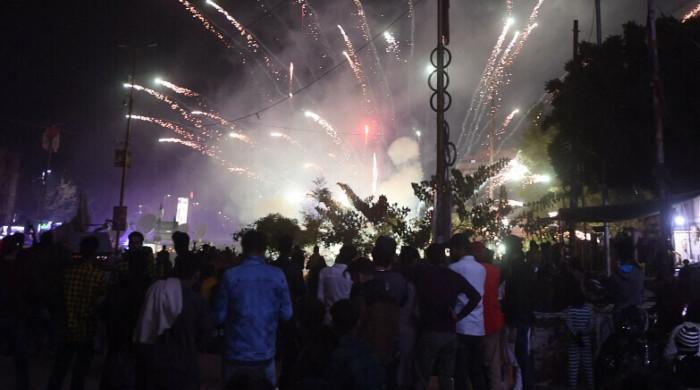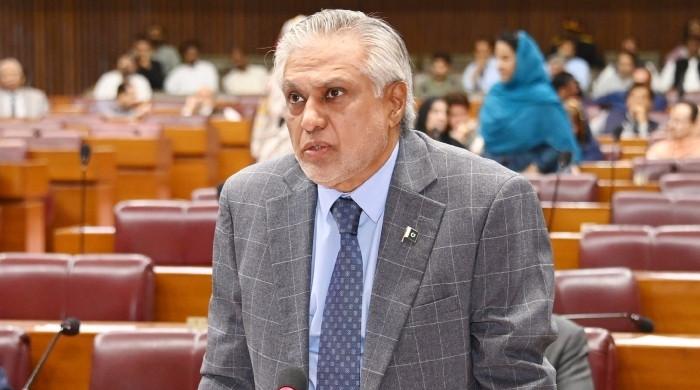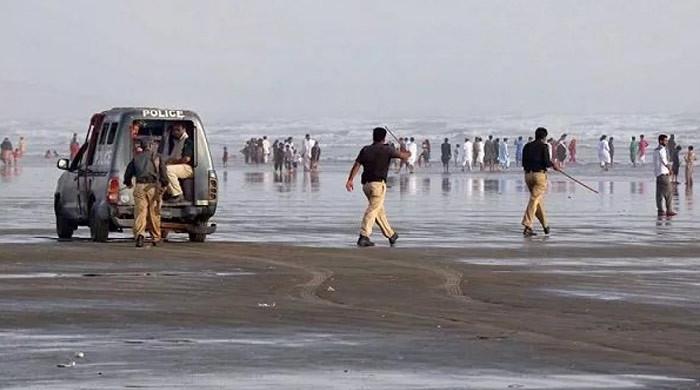One year after the Sehwan attack: The dhamaal will not stop
While the dhamaal continues, devotee numbers have thinned as many are still afraid
February 16, 2018
It was February 16, last year. The evening prayers had just concluded and the loud, rhythmic beat of the drums had begun. The dhamaal, a Sufi ritual dance, took centre stage at the crowded shrine of Lal Shahbaz Qalandar in Sehwan, Sindh. In the midst of the euphoria, a suicide bomber walked right up to the centre of the room and detonated his vest. 85 people died, including women and children, while over 300 were injured.
Today, on the one-year anniversary of the attack, the disciples are back, preparing even more meticulously for a three day Urs. Devotees, casual and committed, Hindus and Muslims, men and women, have travelled far, for days, to be here at the 13th-century Sufi shrine. This time, by sunset, Sheema Kermani, a well-known classical dancer and activist, will be whirling through the floor under the golden dome.
Firdous Khokhar, who has come all the way from Shahdadkot in northern Sindh, was here last year too. She lost two sons in the bombing. While she and her daughter were severely injured. “I remember it all very clearly,” she tells Geo.tv, “Barely ten minutes into the dhamaal the explosion happened.” Yet, for the grieving mother, the shrine is a source of comfort. “My husband told me not to go. I lost my children right here. But then life and death are in the hands of Qalandar Saain.”
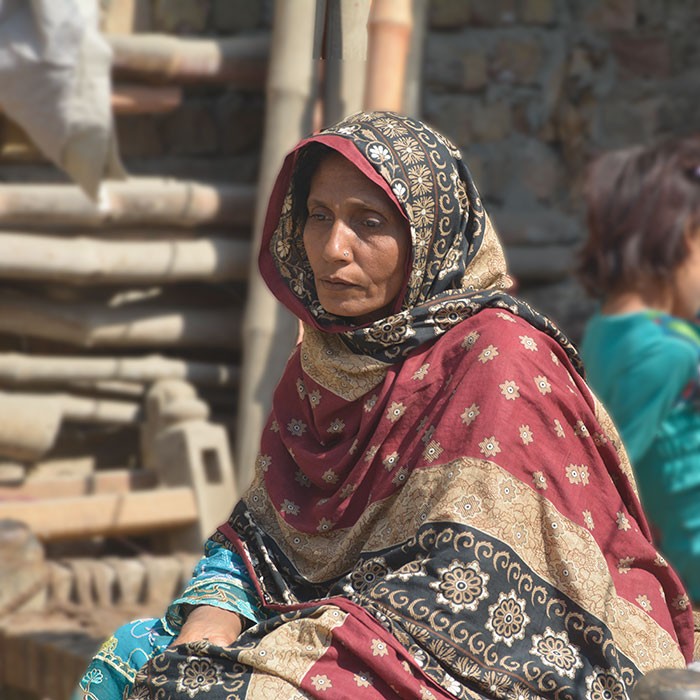
Despite the determination. The turnout, this year, is still visibly low. Ali Zafar, 42, a resident of Karachi’s Korangi area, has been visiting the shrine since childhood. “This year, I booked a bus from my neighbourhood, but many devotees refused to bring their families to the shrine. They still don’t trust the security measures.”
Even if the numbers are low, Kermani’s act of defiance will be held. Four days after the bombing, the activist performed a grand dhamaal at the shrine in solidarity with the victims and in spite of the terror alert across the country. This time, she would do the same, with another message of resilience. “By visiting Qalandar’s shrine, we want to show the devotees that they have not been forgotten and also to send a message to the attackers that they can not and will not stop us,” Kermani told Geo.tv.
The terrorist group, Daesh, had claimed responsibility for the suicide attack at Sehwan. Yet, law enforcement officials believe that local militants in northern Sindh, such as the Hafeez Brohi group, which enjoys support from the Tehreek-e-Taliban Pakistan and Lashkar-e-Jhangvi, carried out the bombings on Daesh’s behalf.
“The [Hafeez Brohi] group has attacked Shia Muslims in Shikapur and Jacobabad and Sufi spiritual leaders in the past few years,” said a senior law enforcement official, who has been involved in counterterrorism operations in northern Sindh.
In November 2017, the police managed to nab Nadir Ali Jakhrani alias Murshid for involvement. Jakhrani, a resident of Kashmore district, was a former member of Jhangvi and later joined Daesh.
“Jakhrani identified the suicide bomber as Babar Brohi from Balochistan’s Mastung district,” Amir Farooqi, the deputy inspector general of the police, told the media immediately after the attack. But besides this one arrest, little headway has been made in the case.
